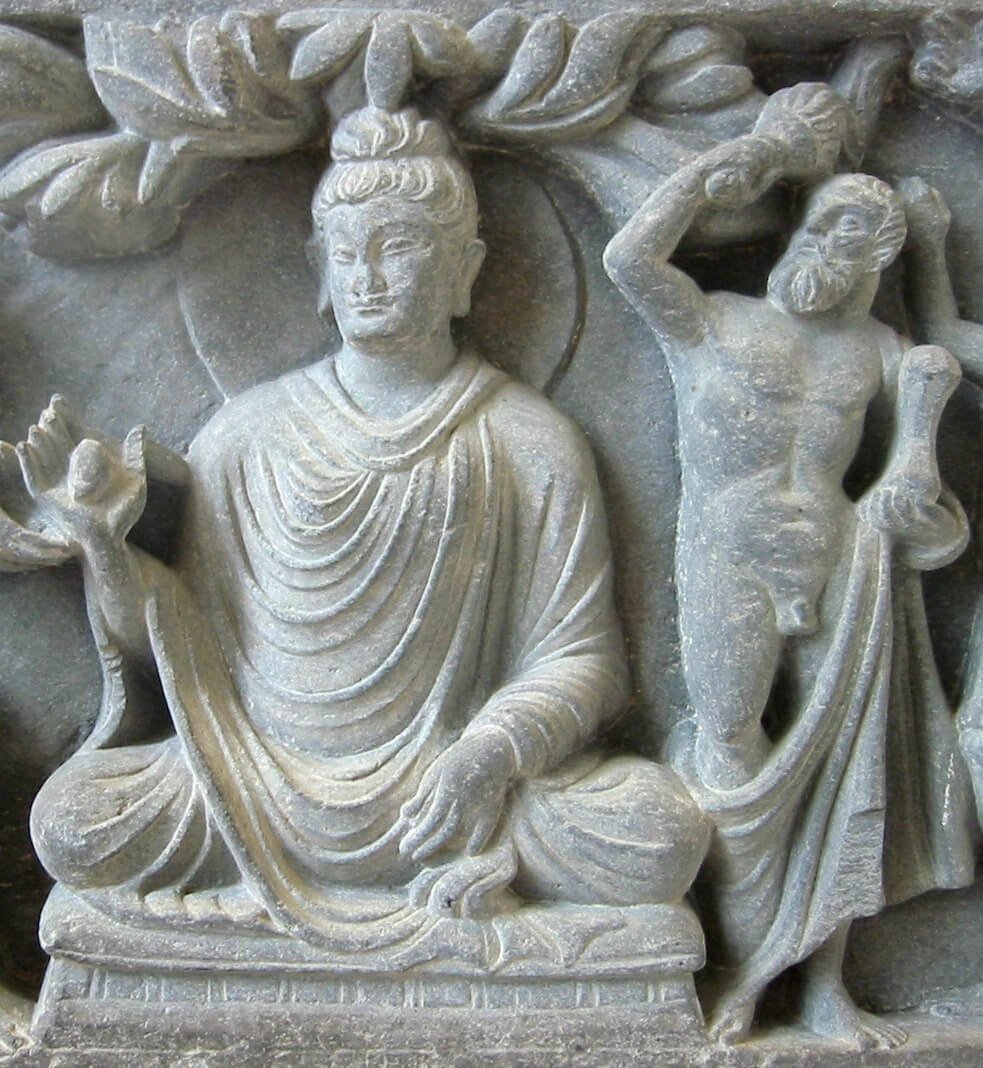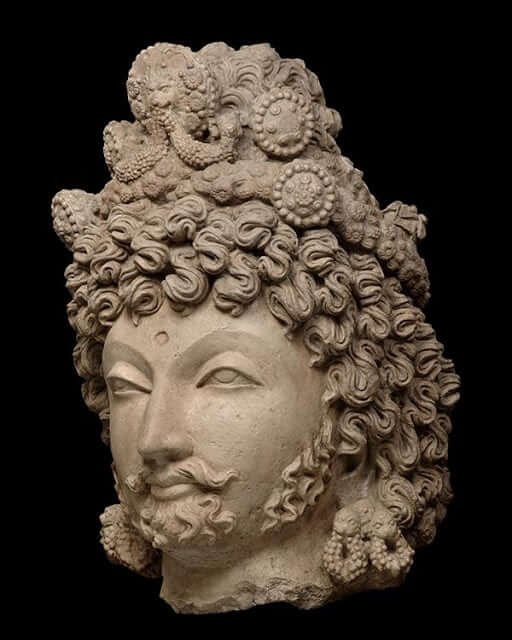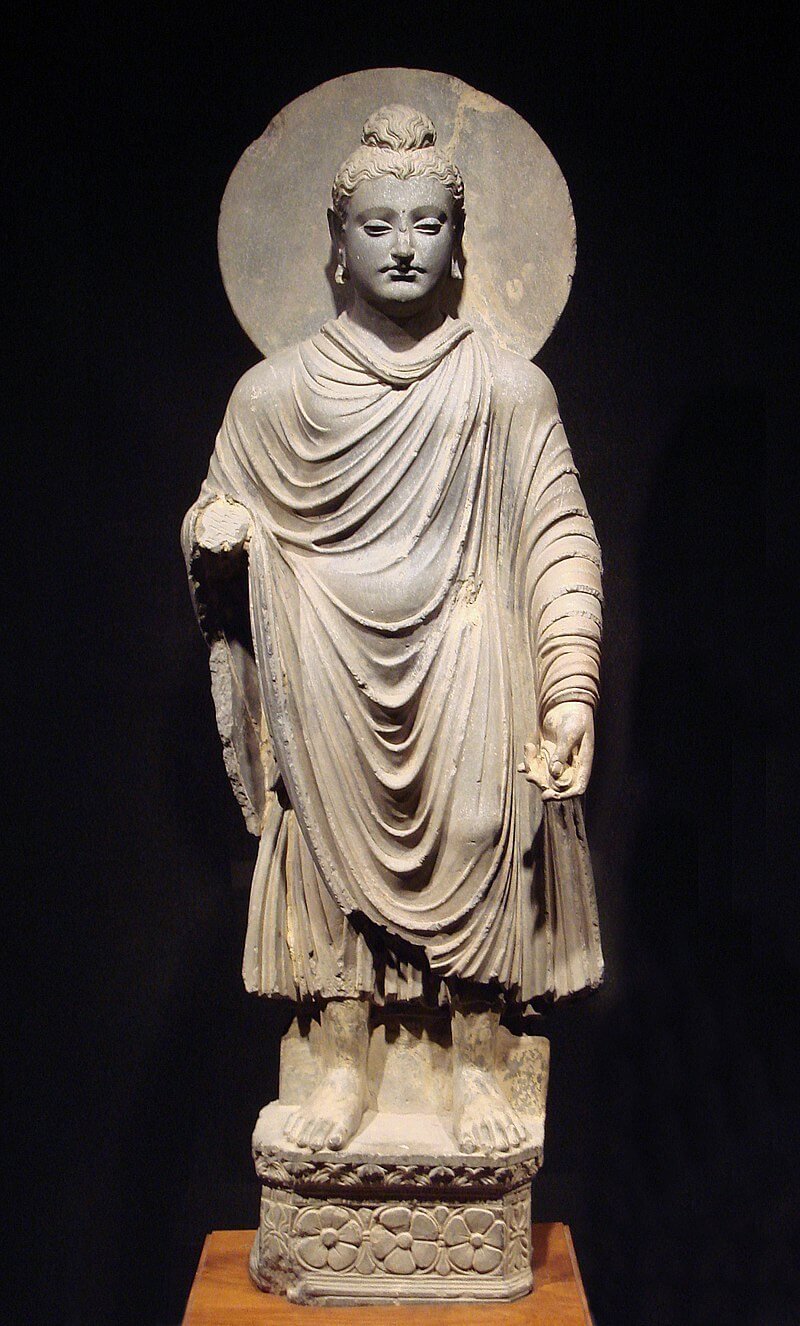Greco-Buddhist art stands as a remarkable testament to the intermingling of classical Greek culture with Buddhism, marking a significant chapter in the annals of art history. This unique artistic tradition, known as Greco-Buddhism, emerged from a fascinating blend of Eastern and Western cultural elements, flourishing over a span of nearly a millennium. From the conquests of Alexander the Great in the 4th century BC to the Islamic conquests of the 7th century AD, Greco-Buddhist art developed across Central Asia, showcasing the depth and breadth of cultural syncretism.
The inception of Greco-Buddhist art can be traced back to the Hellenistic Greco-Bactrian kingdom, established in what is now Afghanistan between 250 BC and 130 BC. The establishment of the Indo-Greek kingdom from 180 BC to 10 BC further accelerated the spread of Hellenistic culture into the Indian subcontinent during this time period. It was in the Gandhara region of today's northern Pakistan that the melding of Greek and Buddhist cultures reached its zenith, under the auspices of the Indo-Greeks and later the Kushans. Gandhara became the cradle of Greco-Buddhist art, from which its influence radiated into India, impacting the art of Mathura and subsequently the Hindu art of the Gupta empire. This latter influence extended throughout Southeast Asia, while Greco-Buddhist art also made its way northward, leaving its mark on the Tarim Basin and ultimately influencing the arts of China, Korea, and Japan.
Characterized by the strong idealistic realism and sensuous depiction inherent to Hellenistic art, Greco-Buddhist art is renowned for introducing the first human representations of the Buddha. This pivotal development not only helped define the artistic and sculptural canon of Buddhist art across Asia but also served as a bridge between the aesthetic ideals of the East and the West. The portrayal of the Buddha in human form, imbued with the grace and precision of Greek sculpture, lent a new dimension to Buddhist iconography, enriching its symbolic and emotional depth.




The synthesis of Greek and Buddhist elements in art manifested in various forms, including sculpture, architecture, and relief art. The sculptures from this period are particularly notable for their elaborate drapery, reminiscent of Greek god statues, combined with the serene, contemplative facial expressions characteristic of Buddhist art. This blend of Greek artistic techniques with Buddhist iconography and themes resulted in a distinctly new style that had a lasting impact on the development of Buddhist art throughout Asia.
Greco-Buddhist art serves as a powerful example of cultural syncretism, illustrating how artistic expressions can transcend geographical and cultural boundaries to create new, hybrid forms. This artistic tradition not only highlights the interconnectedness of ancient civilizations but also underscores the role of art as a universal language capable of bridging diverse cultures. As such, Greco-Buddhist art remains a fascinating area of study for historians, archaeologists, and art enthusiasts alike, offering insights into the dynamic exchanges between the civilizations of the ancient world.
In conclusion, Greco-Buddhist art represents a significant cultural and artistic phenomenon, embodying the fusion of Eastern and Western traditions. Its legacy continues to influence and inspire the artistic landscape of Asia, serving as a testament to the enduring power of cultural exchange and the universal language of art.








